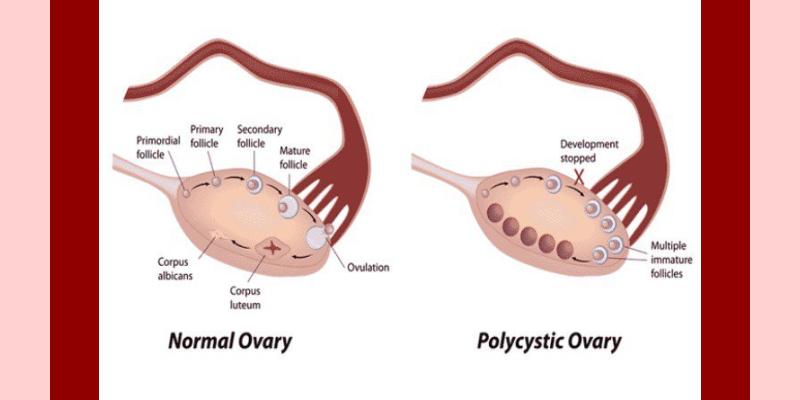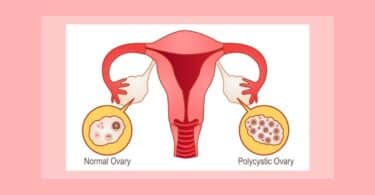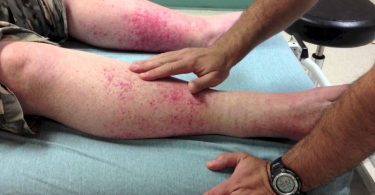A female aged 25 years contacted me with following symptoms:
- Pain in abdomen, left lower, first day of menses and it increases in evening. She feels as if she is going to die from pains.+++
- No relief even from painkillers
- Profuse perspiration++
- Weakness++
- Blackouts++
- Low Blood Pressure+++- dizzy, headaches.
She had already done a USG before coming to me and the findings are given shown below. She had a hemorrhagic cyst of the left ovary.

| Date | Symptoms | Prescription |
| 23/3/19 | As mentioned above, the severity of symptoms indicated almost a collapsed condition. | 1. Camphora 200 (1) dose
2.Saclac 200 TDS x 7 days |
| 4/4/19 | Pain in abdomen decreased.
Weakness decreased New complaint: Pain in throat, cold, sleep unrefreshing |
1.Pulsatilla 30(I) Dose.
2.S/L 200 tds x 3days |
| 20/4/19 | No complaints | S/L 200 tds X 15 days |
| 2/5/19 | No Complaints | S/L 200 tds x 7 days |
| 14/5/19 | No Complaints | S/L 200 tds x 15 days |
| 4/6/19 | No Complaints | S/L200 tds x 7 days |
| 15/6/19 | Pain during menses | S/L200 tds x 15 days |
| 9/7/19 | No Complaints | S/L200 tds x 7 days |
Then on 27/7/19 a repeat USG was done which showed complete resolution of hemorrhagic cyst of left ovary.
Discussion: The reader would ask what is the basis of the prescription and what symptoms would indicate Camphora? Sometimes when a patient is suffering and is not ready for deeper inquiry we have to work according to the available symptoms. In this case, more than the symptoms, the essence of suffering, needed to be understood. That indicated the patient was approaching a collapsed condition with concomitant symptoms like weakness, giddiness and profuse perspiration.

Impression: Nature provides us with pure symptoms and does not give us a fancy diagnosis. The important thing is to receive the symptoms as they are, and determine the medicine accordingly. Then whatever the disease may be, it will cease to appear.
In his preamble of Materia Medica Pura, Dr. Hahnemann answers the question: “ How are we to examine the disease in each particular case’? I quote his answer:
As in homoeopathy the treatment is not directed towards imaginary or invented internal causes of the disease, nor yet towards names of diseases invented by man of which nature knows nothing, and as every case of non-miasmatic disease is a distinct individuality, independent, peculiar, a complex of symptoms always differing in nature, never hypothetically presupposable, so no particular directions can be laid down for it (no schema, no table), except that the physician, in order to effect a cure, must oppose to every aggregate of morbid symptoms in a case a group of similar medicinal symptoms as complete as can be met with in any single known drug; for this system of medicine cannot admit of more than a single medicinal substance (whose effects have been accurately tested) being given at once.






